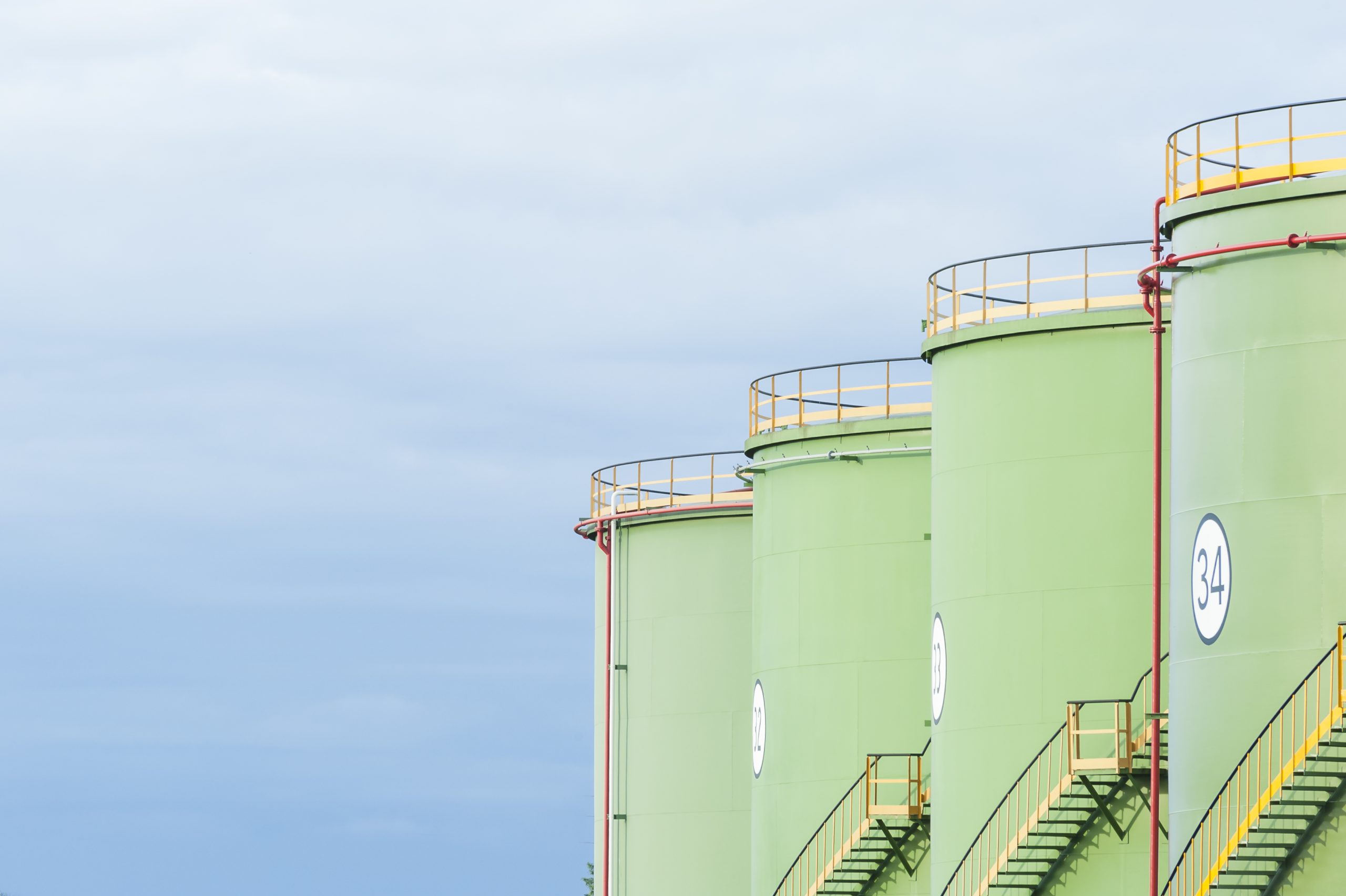
Tank inspections play a big part in keeping your tanks in good shape for the long haul. Without regular check-ups, it’s easy for problems like leaks or rust to go unnoticed. These can grow into major headaches, costing time and money in repairs. A little attention early on could save a lot of trouble down the road.
But it’s not just about spotting issues. Professional inspections help ensure that tanks meet safety standards and are operating efficiently. When experts come in, they bring specialized tools and knowledge, offering insights that you might overlook on your own. It’s about keeping your tanks trustworthy and working smoothly.
The Importance of Tank Inspections
Regular inspections are incredibly useful for maintaining your tank’s integrity. Tanks are subjected to all sorts of pressures, from the elements to the contents stored inside them. Over time, these elements can cause wear and tear, leading to potential failures if not addressed. Inspections are a key tool in catching these issues early.
Here are common issues that inspections can detect:
– Corrosion: This is a big concern for tanks, especially metal ones. Over time, moisture and chemicals can eat away at the metal, weakening it.
– Leaks: Even small leaks can lead to significant losses and environmental harm. Inspectors use special equipment to detect leaks that might not be visible to the naked eye.
– Structural Damage: Cracks or deterioration can occur inside and out, affecting the tank’s strength.
These check-ups are not just about catching problems, though. They also help verify that the tank is operating efficiently. Efficient tanks are safer and consume fewer materials, which is a win-win. Inspections keep tanks running at their best, ensuring they meet all necessary safety standards. This proactive approach helps maintain functionality and reliability, minimising downtime and maximising performance. Investing in regular tank inspections means you’re ahead of the game, protecting your investment and the environment.
What Professional Inspections Entail
When it comes to professional tank inspections, it all starts with a systematic process carried out by qualified experts. These professionals don’t just glance at a tank; they delve into every nook and cranny to ensure everything is as it should be. One key aspect of the inspection is visual assessment, where experts will look for any signs of wear, corrosion, or defects. They’ll also pay attention to structural integrity and any damage that could compromise the tank’s safety and functionality.
The tools and techniques used during these inspections can get quite sophisticated. Inspectors often use ultrasonic testing devices, which help them gauge the thickness of the tank walls without causing any damage. This kind of non-invasive method is crucial for spotting areas that might be weakening. Infrared thermography is another technique used to detect thermal anomalies that aren’t visible to the naked eye. These tools give inspectors a clear picture of the tank’s current condition, allowing them to pinpoint areas that need attention.
Benefits of Professional Tank Inspections
The advantages of scheduling professional inspections are numerous. By identifying potential issues before they escalate, tank owners can prevent expensive repairs and extend the lifespan of their tanks. When small problems go unnoticed, they can develop into much larger and costlier concerns. Regular inspections act as a safety net, catching these issues before they turn into significant disruptions.
Professional inspections also enhance safety by ensuring that tanks operate within the recommended safety parameters. Inspectors will check for any potential hazards that could compromise the surroundings. A safe tank means peace of mind for everyone involved, from business owners to employees operating nearby.
How Often Should Tanks Be Inspected?
The frequency of tank inspections depends on several factors, like tank material, age, and purpose. Some tanks might need more frequent check-ups due to harsher working conditions or older age, while newer ones might not require as much attention. A typical recommendation might be every one to two years, but this can vary.
Seasonal inspections can be particularly beneficial. For instance, after a cold season, checking for any damage caused by freezing temperatures or thawing can prevent problems as the weather warms up. Being proactive about inspecting tanks at these times helps in anticipating and avoiding seasonal challenges.
Keeping Your Tanks in Top Condition with ATM Tanks
Professional inspections truly serve as a safeguard against unforeseen troubles while boosting the efficiency and longevity of your tanks. Regular attention allows tanks to function optimally, catching issues early and reducing the risk of unexpected failures. Taking the time for these inspections means less stress and more assurance that your tanks will perform well when needed.
Regular inspections play a big role in keeping tanks secure and dependable. If you’re keen to discover more about how effective tank inspections can benefit your setup, check out what ATM Tanks has to offer. Our team is committed to helping you maintain your tanks to the highest standards. For additional details, head over to our page on tank inspections.
- How to Spot and Fix Minor Tank Repairs Early - October 19, 2025
- Handling Emergency Tank Cleanups Safely and Efficiently - October 19, 2025
- Choosing the Right Tank Lining Material for Your Needs - October 19, 2025






